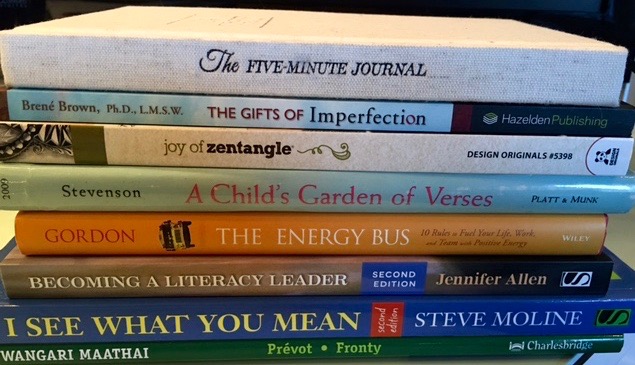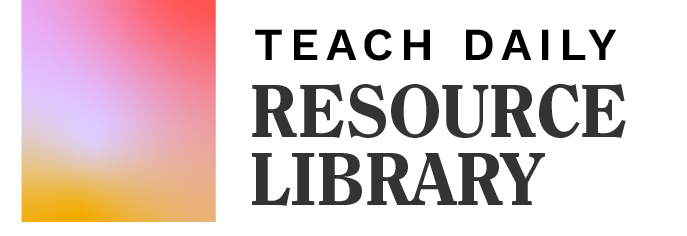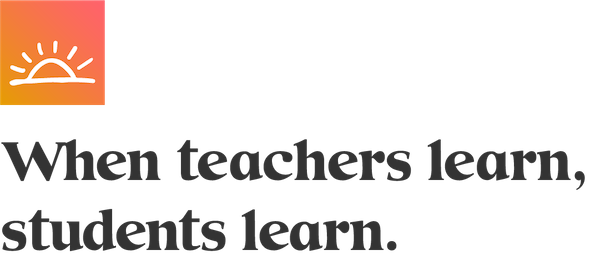Every fall for as long as I can remember, I have gone through what I call my Fall Reading Funk. For my nonteaching friends, the changing of the leaves, shorter days, and cooler temperatures mean anticipating the opportunity to dig into their TBR (to-be-read) pile with gusto. My Fall Reading Funk began at a young age, caused by the knowledge that the time to read what I wanted each day would be filled with required reading assigned by my teachers. (That's one of the many reasons that as a teacher, I am so vocal about children being able to choose what they read.)

Now that I'm an adult, fall has always meant that those relished spare moments of summer devoted to my TBR pile, made up primarily of fiction titles, are now filled with everything school. This reading funk has been caused by the struggle to balance my time spent curled up with some of the feed-my-soul books on my wish list with all the other demands that come with a school year.
Of course I spend an exorbitant amount of time reading professional books to enhance my work with students. Likewise, I am considered a permanent fixture at my public library children's section, where I am always searching for the newest titles and for books I can match to my students as I help turn them into avid readers. Yet even with this reading volume, I go through my Fall Reading Funk.
So imagine my surprise when I recently had a change of attitude toward fall and my reading life. This change was inspired by a couple of simple blog posts. Dan Black wrote in his blog post, Setting up a Personal Development Plan, about every person needing to have a personal development plan and how part of the plan should focus on reading books. I have always done something similar, earmarking books each year that would do as he suggested: sharpen my skills and talents as well as help me grow toward my full potential as a teacher. Check and check. Yet merely reading his words made me realize the importance of this type of reading. It helped me feel a bit better about spending so much of my reading time on my professional reading list.
The other post that greatly affected my attitude toward fall reading is by Joseph Lalonde. In his post titled "Why I've Started to Read Fiction Again," he outlines three compelling reasons to engage with my favorite genre, fiction. His post has me adjusting the reading portion of my personal development plan to mimic his: read two to three nonfiction books and then one fiction book. (Okay, I am going to make that two fiction books.)
Thanks to these two men, whom I have never met but consider colleagues and mentors through their writing, I am no longer dealing with my Fall Reading Funk. Instead I'm looking forward to the wide variety of books just waiting to be read.
This article might be missing links that were included at the time of publication.

